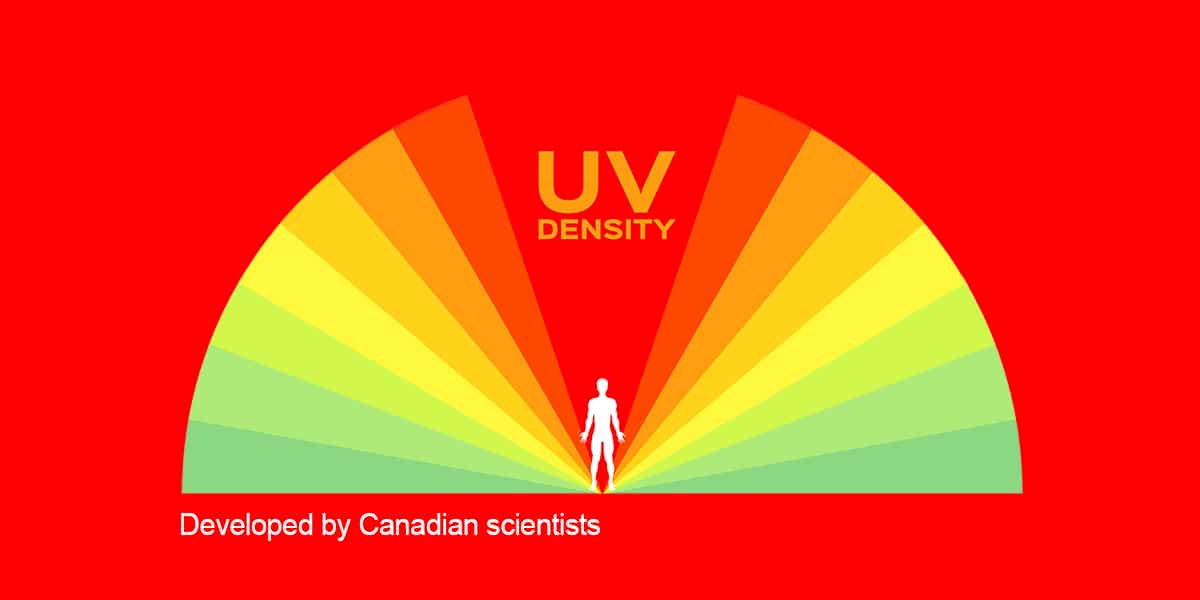When you checked the weather today, you probably also saw the UV index of the day. The UV index is commonplace knowledge now. The index gives us an indication of how strong and harmful the sun’s ray is going to be so that we can protect our skin, eyes, and immune system. However, do you know how the UV index came to be?
Scientists have known about the ozone layer, the layer around the earth’s atmosphere that prevents harmful rays from outer space from reaching the earth’s surface, for half a century. In the 1970s scientists discovered that the ozone layer can deplete from chemicals such as ones used in refrigerators and spray cans back in the day, causing increasing amounts of harmful rays to reach the earth’s surface. With the growing concerns of ozone depletion, three Canadian scientists McElroy, Kerr, and Wardle, contributed to the development of a modern ozone level measuring instrument.¹
They spent several years recording measurements to develop the index in Toronto, Canada. After several years, they took the highest UV intensity from a hot summer day in July as UV index 10—the maximum intensity at the time. 26 years ago on May 27th, 1992, the UV index was revealed to the world.² Since then, the growing knowledge and concerns over skin cancer from UV rays have prompted the World Health Organization (WHO) and the United Nations Environment Program to adopt the index on an international scale, eliminating the upper bound of 10.³ The highest UV index recorded since then was in 2003 near a volcano in Bolivia, measuring 43.3 on the scale.⁴ Today, sun safety awareness is becoming an increasingly important topic of discussion.It is important to protect yourself from harmful UV rays on a daily basis to prevent skin ageing and skin cancer. To keep yourself safe under the sun, you can download the free Sun Index app (available for iOS and Android). It not only tells you the daily UV forecast but also gives you reminders to reapply sunscreen and how much to put on, customized to your size and clothing choice. You should also consider UV protective clothing and wear proper sunglasses for full protection.
Sources:
- Government of Canada (2017). UV and the ozone layer. Retrieved 2018-05-16
- Environment Canada (2002). Environment Canada’s UV Index Celebrates Ten Years. Retrieved 2021-06-13
- Government of Canada. (2017). About the UV index. Retrieved 2018-05-16
- Cabrol et al. (2014) Record solar UV irradiance in the tropical Andes. Front. Environ. Sci. Retrieved 2018-05-16



